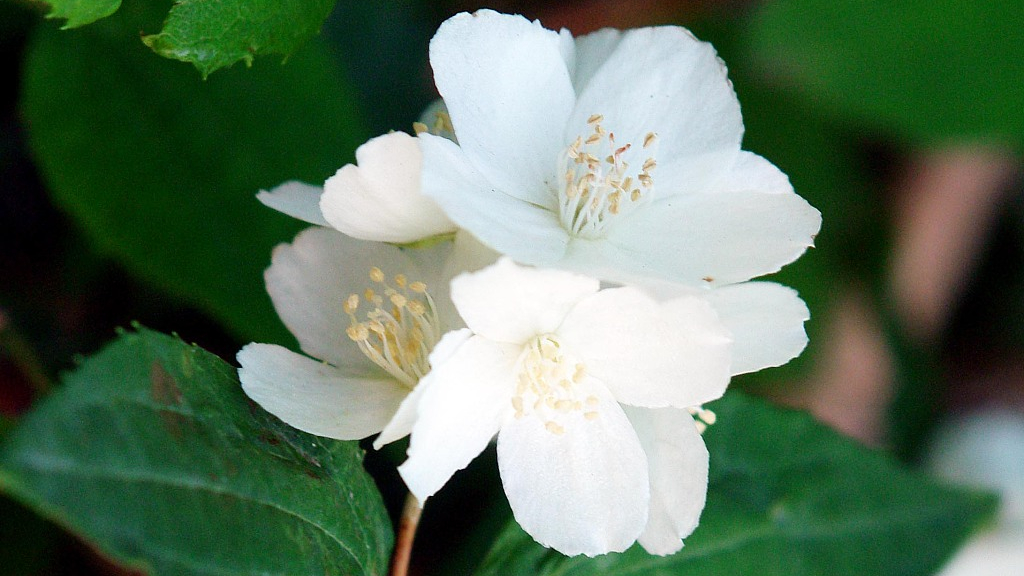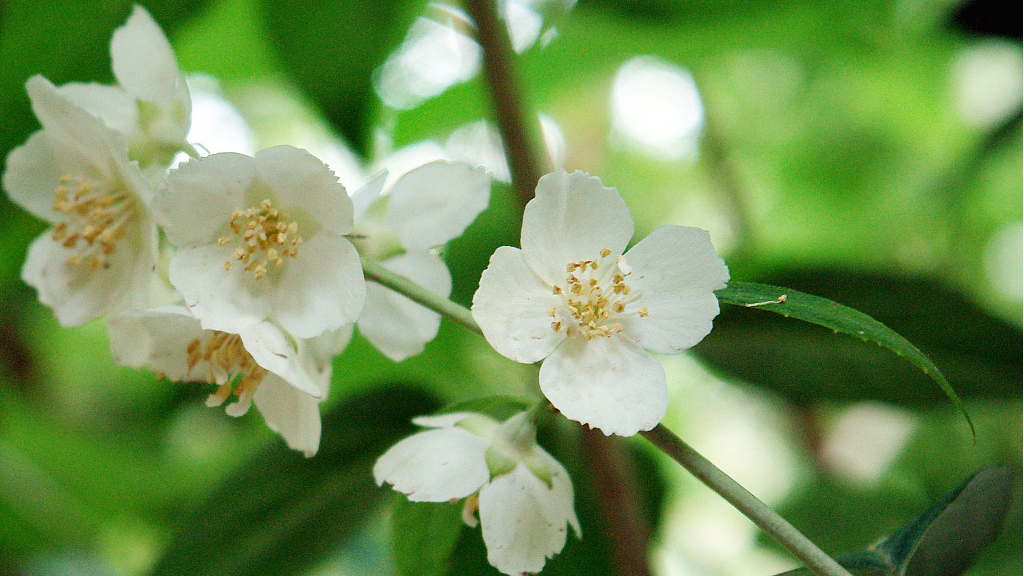
The flower of peace and prosperity. /VCG Photo
The flower of peace and prosperity. /VCG Photo
In China's northern province of Hebei, people cultivate a white, fragrant flower. Known as "mock orange," it was named as "Taiping" in Chinese, meaning "peace and prosperity."
The Taiping flower (Philadelphus pekinensis Rupr.) is the provincial flower of Hebei. It originated from the southwestern province of Sichuan over 900 years ago. Before the Song Dynasty (960-1279), it was grown in Jiannan, Sichuan. In the Later Shu Dynasty (one of the Ten Kingdoms during the Five Dynasties and Ten Kingdoms period in China), when the imperial palace was built in Sichuan, the flower was cultivated as a royal ornamental plant.
Since the Song Dynasty replaced the Later Shu period, the flower was taken from Sichuan to the northern capital of the Song. The reigning Song emperor was very fond of the flower, and named it "Tai Ping Rui Sheng Hua" (auspicious flower of peace and prosperity.) Since then, the flower has spread throughout northern China, from Henan and Hebei to Beijing.

It wasn't known as "Taiping" until the Qing Dynasty (1644-1911). /VCG Photo
It wasn't known as "Taiping" until the Qing Dynasty (1644-1911). /VCG Photo
Taiping grows in many gardens in China, including the former imperial palaces of the Ming and Qing dynasties in Beijing. The royals of the Qing Dynasty liked the flower so much that they presented it as a gift or reward to their ministers and officials.
China's Flora Tour
From the wetlands along the coast to the dense rainforests hidden in the southwest of China, all boast an array of plant species. In this series, CGTN will go on a tour to learn about some of the most iconic flora in different provinces and see how they live in harmony with the local climate and topography.
(Cover photo via VCG, designed by CGTN's Qu Bo.)
(If you want to contribute and have specific expertise, please contact us at nature@cgtn.com)